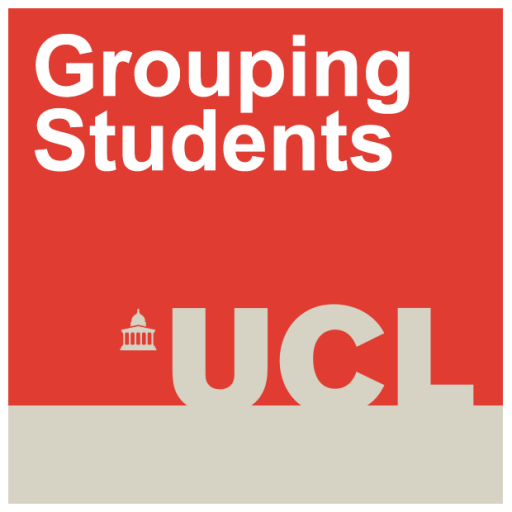Guest blog: The assumptions and impact of structured ability grouping
By qtnvarl, on 1 February 2017
– Professor Sue Hallam
There has been research on grouping pupils by ability for most of the twentieth century since Whipple carried out a study of the effects of special class placement on a group of high-aptitude 5th and 6th graders in the USA in 1919. Since then hundreds of studies have been undertaken and there have been many literature reviews and syntheses of research findings.
In the UK, historically, streaming was the dominant form of grouping. Typically, children were placed in a class based on their general ability by the age of seven and were taught in this class for all lessons. Children in the top stream were entered for the 11+ examination and were groomed to go on to grammar schools. The remaining children went to secondary modern schools with deleterious consequences for their future occupations. During the 1960s and 1970s with the introduction of comprehensive education, the demise of the 11+, and an increasing emphasis on equal opportunities streaming began to decline. This trend was supported by research indicating that structured ability grouping had no significant effect on overall attainment and had negative personal and social consequences for pupils in the lower streams.
Following the Education Reform Act (1988), the 1990s saw the implementation of the National Curriculum and an emphasis on raising standards. Ability grouping in the form of setting, where children from different classes are grouped by ability for certain subjects only, was perceived as a way to raise attainment. This was reinforced by the White Paper Excellence in Schools which suggested that ‘setting should be the norm in secondary schools. In some cases it is worth considering in primary schools’. Since then streaming and setting have increased in primary schools and highly structured ability grouping continues to be the norm in secondary schools.
Underlying policies related to streaming and setting are fundamental assumptions about the nature of intelligence. Historically, IQ was viewed as genetically determined and immutable. Recent research has challenged this view showing that almost no genetic polymorphisms have been discovered that are consistently associated with variation in IQ in the normal range. Malleability in IQ has been demonstrated by adoption studies and neuroscience has provided extensive evidence of the brain’s plasticity. Increasingly, the development of self-regulatory and other noncognitive skills is seen as important in developing high level intellectual capacity. Particular attention has been given to the concept of mindset. Individuals holding an ‘entity’ mindset believe that IQ is fixed and cannot be altered whereas those with an ‘incremental’ mindset believe that they can increase their abilities through effort. Mindsets influence the way that individuals learn. Those holding entity beliefs have lower self-efficacy, are more likely to give up when facing difficult tasks, and adopt ineffective strategies which are reflected in neural responses in coping with failure and negative feedback. Research has shown that mindsets can be changed when learners are taught about the neuroplasticity of the brain and its potential for change and re-organisation. Small changes in mindset can have a substantial impact on attitudes and motivation for learning.
The adoption of highly structured ability grouping in schools, particularly as movement between groups is rare, sends a message to students and their parents that the ability to learn is fixed. This places a limit on expectations and leads learners to categorise themselves as having particular levels of intelligence which in turn has an impact on self-beliefs. This is reinforced by the pedagogy adopted by teachers when they teach different ability groups, the resources available and the allocation of the best teachers to the highest ability groups. The increase in highly structured ability grouping at early ages in the UK, which limits the attainment of those in the lower groups, means that children’s career trajectories are determined in the earliest years of primary school. If schools want to raise standards they need to adopt flexible approaches to grouping which promote positive self-beliefs and incremental mindsets supporting children’s learning and motivation.
 Close
Close



